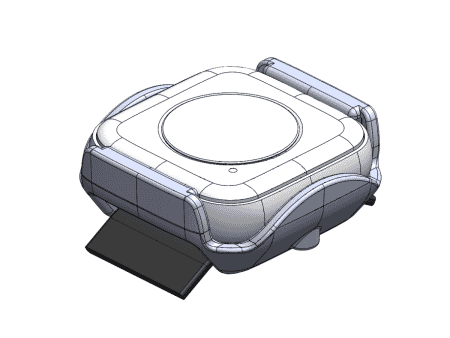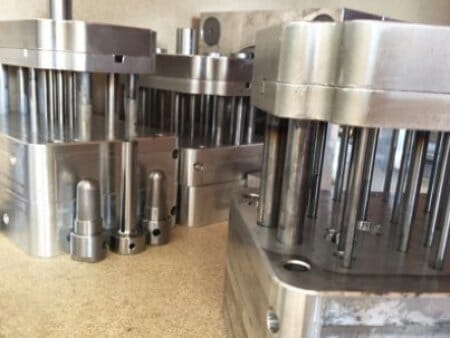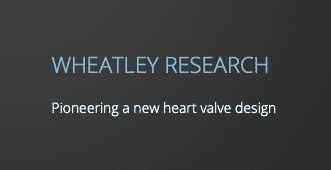What are my options for manufacturing a clear part? We look at Polyjet.
To demonstrate the different manufacturing options for producing a clear part, we have taken a simple two-part 'housing' and produced it using Polyjet.
Additive Manufacture by Polyjet.jpg)
Let's take a look at the results achieved from producing this simple two-part 'housing' straight from the machine using the additive technique, Polyjet. You can compare these results with the results we achieved producing the same part by CNC machining here.
The material we used was Vero Clear – a proprietary material developed by Objet specifically for the Polyjet printing process. Polyjet is basically similar to inkjet printing where the ink has been replaced by a photopolymer that cures in the presence of UV light..jpg)
Parts are built in layers that can be either 16 or 30 micron thick. The component is ‘supported’ by a soluble support structure that is removed as a post process.
The final option is whether you select a ‘glossy’ finish. This only applies to the upward facing surfaces and all supported areas will be ‘matt’.
.jpg) Comparitive finishes
Comparitive finishes
Hence we have: a matt finish, a glossy internal finish and a glossy external finish, all at 16 and 30 micron
… a total of six assemblies.
Photographs five, six and seven (see images) are all 16 micron layers, and photographs eight, nine and ten are all 30 micron layers. In each case the glossy finish does improve the clarity, however some demonstrate a slightly frosted edge, which is presumed to be an optical effect from the layering..jpg)
The price difference between 16 and 30 micron layers amounts to approximately 15% on a part of this size (35x25x10mm). By next month we will have polished these and be able to comment on whether the layer thickness made a noticeable difference to the time required.
So, compared to the unpolished CNC version, these parts offer better clarity. To compare polished with unpolished we will have to wait a bit longer!.jpg)
Leadtimes are quick!
However, the showstopper is lead-time. Allowing for normal queuing through a bureau service, these items would be in your hands in about four days. You can double that for CNC machining. Build time is a fraction of that, so with some special arrangements these parts could be on a courier to you in 24 hours! Even when we factor in polishing this is likely to be the quickest way to generate clear parts..jpg)
And one more thing, UV light tends to improve the clarity further, rather than introduce a yellowing as can happen with some Stereolithography resins.



























